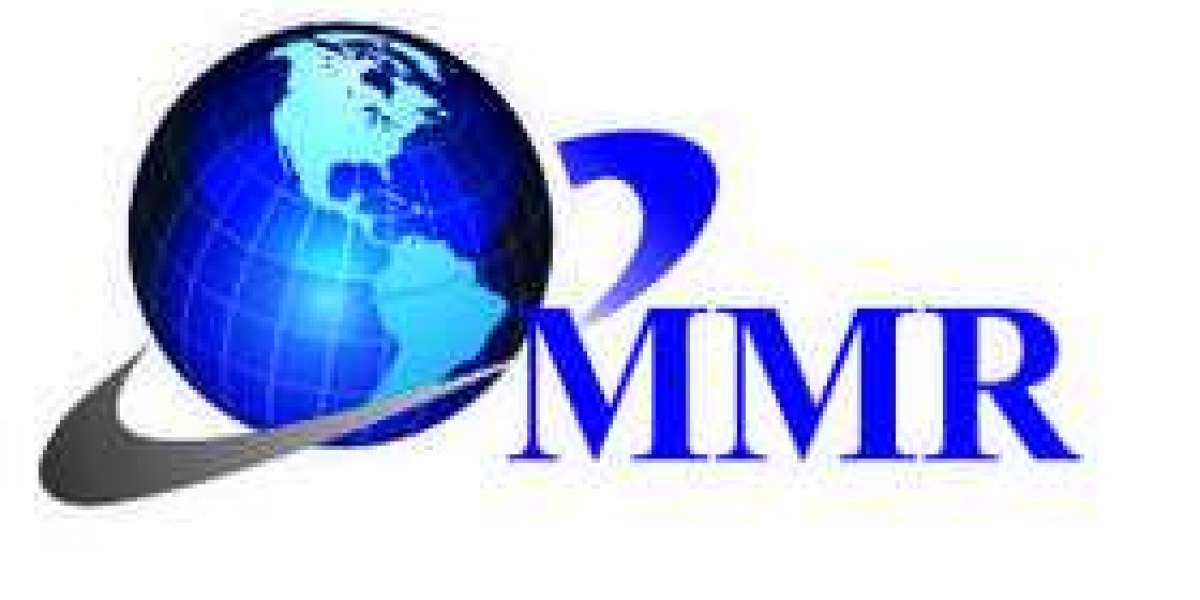Originally Published on: Quantzig5 Healthcare Inventory Management Techniques to Cut Down Cost
Subtitle: Revolutionizing Supply Chain Dynamics for Efficient Healthcare Spending
Introduction: In the dynamic realm of healthcare technology, daily tasks, especially the constant supervision of admitted patients, pose numerous challenges. Despite endeavors to deliver superior services, the pivotal aspect of inventory management often takes a back seat for healthcare companies. Effectively monitoring perishable goods, medical instruments, and miscellaneous hospital equipment becomes imperative. To tackle this, healthcare executives must adopt advanced inventory management techniques, leveraging technology and automation to streamline operations.
Explore more about our inventory management capabilities by reaching out to us.
Five Recommendations for Healthcare Companies:
Utilize Supply Chain Data: Leverage supply chain data to assess the cost-effectiveness of inventory management techniques. Constructing IT systems based on value-based reimbursement models facilitates accurate linkage of supplies to patient outcomes.
Clarity in Responsibilities: Ensure roles related to inventory management tasks are clear. From ordering supplies to checking purchase orders, each staff member must comprehend their contribution to successful inventory management.
Optimize Supply Room Organization: A well-organized supply room is essential for effective inventory management. Linear organization of supplies, with frequently used tools at the forefront, reduces wasted materials and prevents misplacement of supplies.
Embrace a Lean Strategy: Implementation of a lean supply chain ensures the right number of supplies is available where and when needed. Beyond purchase costs, consider factors such as movement and management costs, expired products, and excess supplies.
Standardization and Product Rationalization: Reduce costs through the standardization of products and suppliers. Evaluate the necessity of various items in the inventory through product rationalization, eliminating redundancy and obsolete products.
Inventory Management Techniques in Healthcare:
Just-In-Time (JIT) Inventory: Maintains minimal inventory levels by ordering supplies as needed, reducing storage costs and enhancing cost-efficiency. Requires accurate demand forecasting and reliable suppliers.
ABC Analysis: Categorizes inventory items based on value and usage into three groups (A, B, C), enabling prioritization of focus and resources on critical items.
Par Level System: Establishes predefined minimum and maximum inventory levels, ensuring a specific quantity of essential supplies is always on hand.
Tools Enhancing Inventory Management:
Inventory Management Software: Specialized software for real-time tracking, automated reordering, and comprehensive reporting.
Barcode and RFID Technology: Enables precise tracking of items, enhancing visibility and accuracy in managing inventory.
Automated Dispensing Systems: Automates the dispensing of medications and supplies, ensuring accurate and secure distribution.
Demand Forecasting Tools: Utilizes predictive analytics and historical data to anticipate inventory needs, optimizing resource allocation.
Benefits of Cost Control in Healthcare: Cost control ensures financial sustainability, affordability for patients, and investments in quality care, staff training, and advanced medical technologies. It leads to enhanced patient satisfaction, positive health outcomes, and increased accessibility to healthcare.
Conclusion: Efficient healthcare inventory management techniques play a pivotal role in cost reduction while upholding the highest standards of patient care. Strategies such as demand forecasting, just-in-time inventory, ABC analysis, supplier collaboration, and standardization optimize resource utilization, minimize waste, and alleviate financial burdens. By embracing these practices, healthcare institutions not only enhance operational efficiency but also fulfill their mission of providing quality care to patients, ensuring sustainability and success in the long run.








